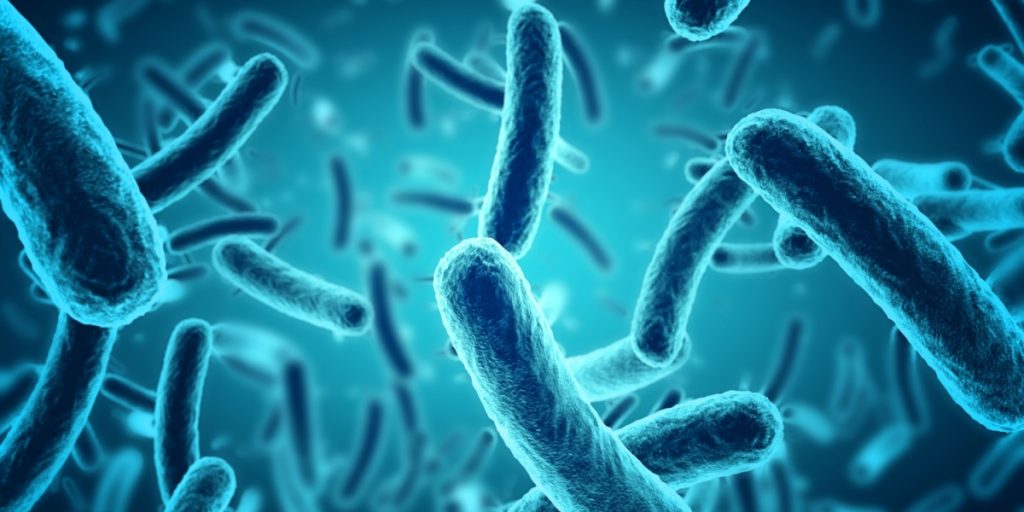The threat of antimicrobial resistance has increased
Others are reading now
Antibiotic-resistant bacteria pose one of the greatest current threats to global health. In 2019, these superbugs were responsible for 1.3 million deaths and were linked to an additional 4.95 million fatalities. For context, the leading cause of death that year was ischemic heart disease, which resulted from the narrowing of arteries that supply blood to the heart and caused 8.9 million deaths.
WHO’s Updated List of Dangerous Superbugs
In response to this escalating problem, the World Health Organization (WHO) recently published an updated list of the most dangerous drug-resistant bacteria, adding four new pathogens. “The threat of antimicrobial resistance has increased since the first list was published in 2017, undermining the effectiveness of numerous antibiotics and potentially reversing many achievements of modern medicine,” said Yukiko Nakatani, the acting Assistant Director-General of WHO for Antimicrobial Resistance.
The complete list consists of 15 ‘superbugs’ categorized into three groups—critical, high, and medium—based on their danger level, global impact, and effects on healthcare systems.
Critical Priority Pathogens
Bacteria classified as critical priority pose the greatest threat due to limited treatment options and high morbidity and mortality rates. These pathogens are highly transmissible and difficult to prevent. The critical priority pathogens include:
Also read
-
Acinetobacter baumannii – Causes pneumonia, urinary tract infections, septicemia, meningitis, and endocarditis. Mostly acquired in hospitals, these infections affect immunocompromised patients and those in ICUs. They are resistant to carbapenems.
-
Mycobacterium tuberculosis – The main cause of tuberculosis (TB), which primarily affects the lungs but can also impact the kidneys, brain, or spine. TB has become resistant to rifampicin, an antibiotic also used to treat meningitis. In 2022, there were 10.6 million TB cases and 1.3 million deaths globally.
-
Enterobacterales – Includes bacteria like Klebsiella and Escherichia coli, causing sepsis, ventilator-associated pneumonia, and intra-abdominal abscesses. These infections primarily affect patients undergoing other treatments and are resistant to carbapenems and third-generation cephalosporins.
High Priority Pathogens
The WHO groups high priority pathogens as bacteria that are very difficult to treat, highly transmissible, and with few potential treatments in development. These pathogens are a critical threat in specific regions and include:
-
Salmonella Typhi – Causes typhoid fever, a potentially fatal disease transmitted through contaminated water and food. It has become resistant to fluoroquinolones. Annually, typhoid fever affects around nine million people, causing about 110,000 deaths.
-
Shigella spp – A leading cause of bacterial gastroenteritis, transmitted through contaminated objects, food, and infected individuals. Resistant to fluoroquinolones, it primarily affects children under five.
-
Enterococcus faecium – Found in the intestines, causing urinary tract infections, bacteremia, intra-abdominal infections, endocarditis, and skin infections. These pathogens have developed resistance to vancomycin.
-
Pseudomonas aeruginosa – Grows in humid areas and can cause serious infections, particularly in people with diabetes, cystic fibrosis, HIV, or other serious conditions. Resistant to carbapenems.
-
Non-typhoidal Salmonella – Causes gastroenteritis, enteric fever, bacteremia, and focal infections. Transmitted through direct or indirect contact with infected animals and their products, it is resistant to fluoroquinolones.
-
Neisseria gonorrhoeae – Causes gonorrhea, a sexually transmitted infection affecting millions. Untreated, it can lead to infertility and other sexual health issues. Resistant to third-generation cephalosporins and/or fluoroquinolones.
-
Staphylococcus aureus – Normally harmless on the skin and nose, but can cause deadly infections when entering the bloodstream, heart, lungs, or bones. These bacteria have developed resistance to methicillin.








